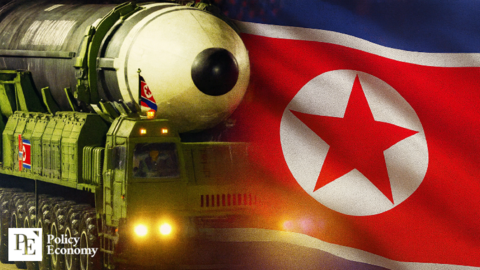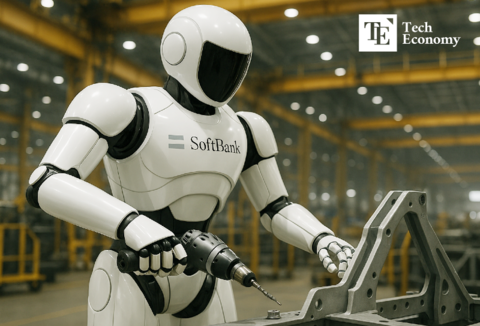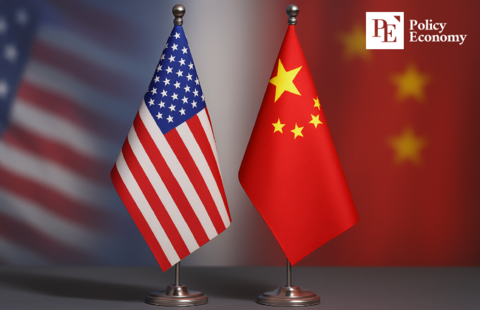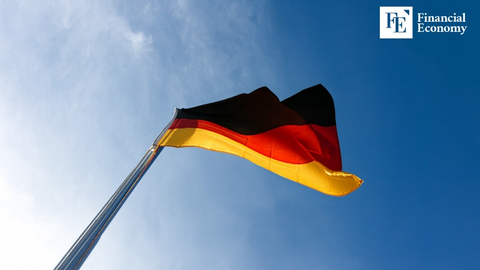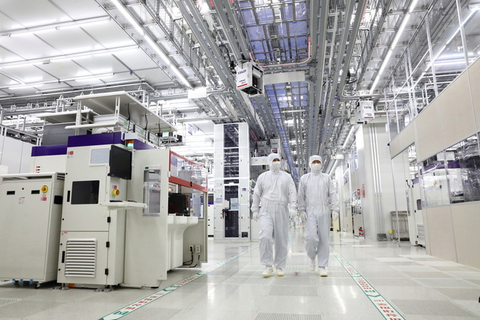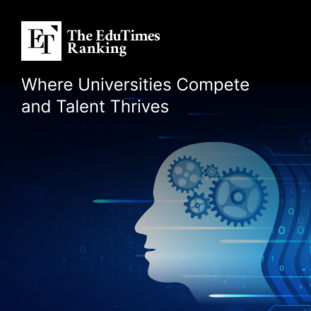Samsung Semiconductors Hindered by Profitability Issues, Equipment Installation Delayed Despite Completion of U.S. Foundry Plant
Input
Modified
Samsung's Taylor Plant Virtually Complete, Mass Production Targeted for 2026 Contemplating Equipment Installation Timing Amid Potential Semiconductor Tariffs USD 2.96 billion Foundry Loss Last Year, Deficit Expected Again This Year
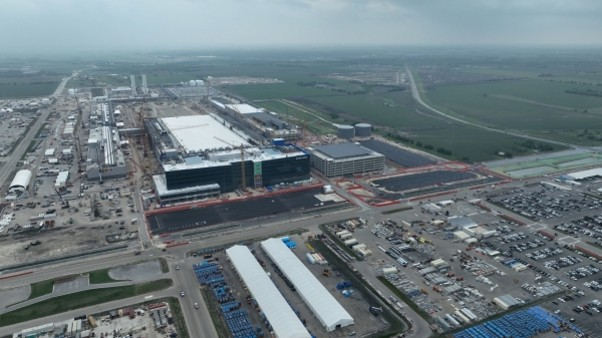
In a time when global tech giants are under pressure to localize semiconductor production in the United States, Samsung Electronics finds itself at a crossroads. Despite nearing the completion of its state-of-the-art foundry in Taylor, Texas, the Korean tech titan is holding back on installing critical equipment. Mounting uncertainties around U.S. tariffs, soaring labor costs, and stagnant customer orders are casting a long shadow over what was once a bold step toward expanding its global manufacturing footprint. As rivals like TSMC push ahead with multibillion-dollar investments, only to suffer ongoing losses, Samsung’s cautious stance highlights the fragile economics of domestic chip production in America.
Tariff Threats Cloud Future of U.S. Foundry Operations
On April 22, industry sources confirmed that Samsung’s Taylor foundry was 99.6% complete—functionally finished and ready for the next phase. Despite earlier reports speculating that the plant’s operation might be delayed until 2027, Samsung dismissed those claims, asserting that mass production will commence by the end of next year. Still, sources suggest that both production volume and start dates remain flexible, likely hinging on shifts in market demand and incoming orders.
However, with the structural build complete, this should have been the moment to begin equipment installation in earnest. Instead, Samsung is treading cautiously. The company is weighing the potential impact of newly proposed tariffs on semiconductor equipment. These levies, part of the U.S. government’s broader plan to apply a minimum 25% tariff on strategic imports like semiconductors, could significantly inflate Samsung’s operating costs. Advanced machinery, such as EUV lithography systems from ASML in the Netherlands and front-end tools from Japan’s Tokyo Electron, are expected to be deployed at the facility—pending final decisions on tariff implications.
The policy shift gained momentum when President Donald Trump, on April 15, outlined his intention to tax strategic imports and hinted that semiconductor equipment would be included. A day earlier, the U.S. Department of Commerce launched an investigation into the national security implications of importing such items, signaling a hardline approach with limited room for negotiation.
Skyrocketing Labor Costs and Strategic Uncertainty
Beyond tariffs, Samsung is grappling with an equally thorny issue: the cost of hiring in the United States. With challenges in relocating experienced Korean staff, the company is ramping up local hiring efforts. That comes at a high price. Samsung Research America employees earn an average annual salary of USD 224,000—nearly three times the U.S. average. Additionally, Samsung faces stiff competition for talent from domestic rivals like Intel and TSMC. To remain competitive, the company is expanding welfare offerings such as housing and education support.
Meanwhile, the U.S. government continues to ramp up pressure on chipmakers. On March 31, President Trump signed an executive order creating the American Investment Accelerator within the Department of Commerce. This body will oversee the CHIPS Program Office (CPO) and expedite approval for companies investing over USD 1 billion domestically. While framed as a pro-investment move, analysts suspect it sets the stage for renegotiating subsidy agreements. Trump has repeatedly opposed the USD 52.7 billion semiconductor subsidy package, arguing that tariffs alone are enough to compel companies to build factories in the U.S.
TSMC appears to be responding to that pressure, committing an additional USD 100 billion to its U.S. expansion after a direct meeting between Trump and Chairman Mark Liu. Trump declared TSMC would be exempt from tariffs if it manufactures domestically. The Taiwanese giant has already increased its U.S. investment from USD 40 billion to USD 65 billion—and now totals USD 165 billion—yet the financial toll is mounting.
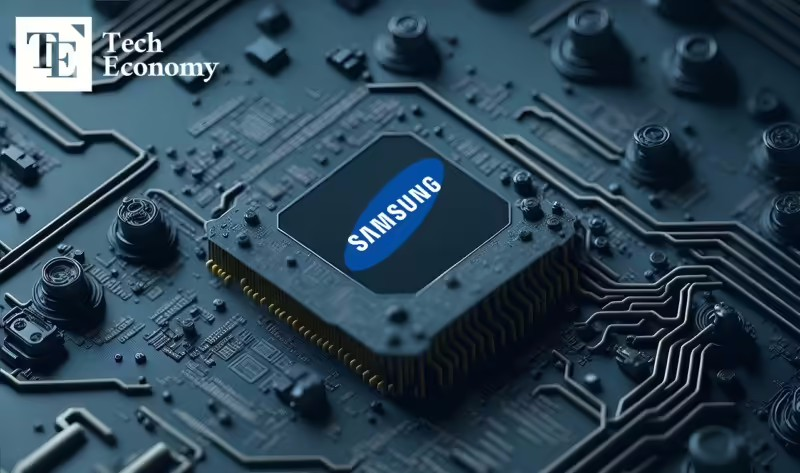
Samsung Faces Mounting Losses Amid Operational Setbacks
TSMC's financial struggles are stark. Its Arizona plant logged a loss of USD 440 million last year, and similar losses have plagued its bases in Kumamoto, Japan, and Dresden, Germany. But Samsung’s situation may be even more precarious. The Taylor plant has yet to secure firm customer orders. In September last year, many Korean staff dispatched to the U.S. began returning home. These employees had been tasked with overseeing construction, infrastructure, and technology deployment—but low yield rates on 4nm and 2nm processes led to a phased withdrawal. Equipment setup teams from partner firms have also pulled out.
Financial figures tell a sobering story. Samsung’s Foundry Division posted a staggering USD ~2.96 billion operating loss last year, double the previous year’s figure. Analysts anticipate another USD ~2.25 billion loss this year. Since Vice Chairman Jun Young-hyun assumed leadership of the semiconductor unit, the company has scaled back on capital spending. Notably, the investment plan for the Taylor facility has shrunk from USD 40 billion to USD 37 billion. With even the main production line at the Pyeongtaek campus facing equipment delays, Samsung’s leadership is cautiously approaching further U.S. investments.


